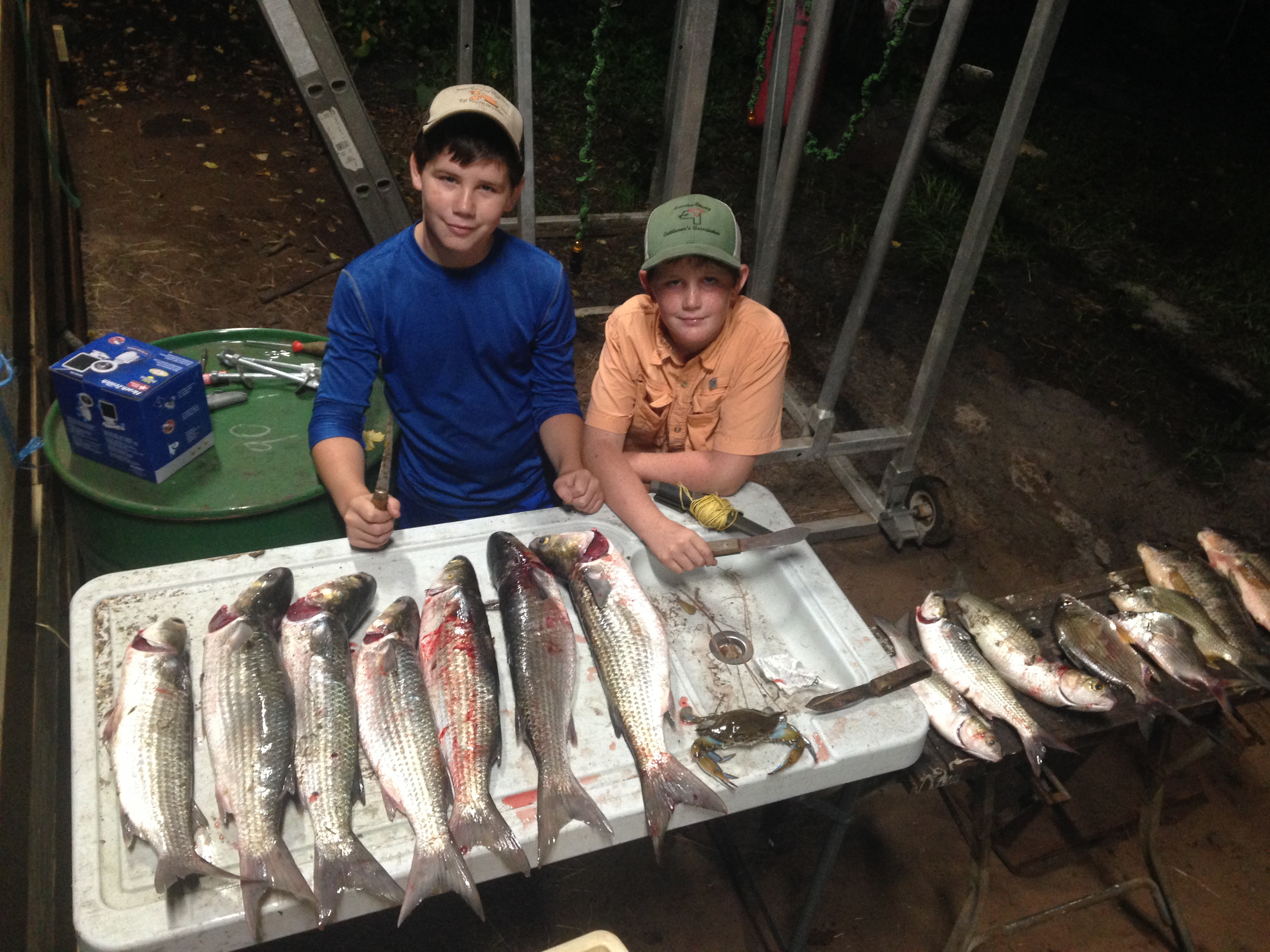by Rick Bennett
Early Fall can be a pleasantly stressful time for Florida outdoorsman, besides the kids being back in school and hurricane season staring us in the face, there are several other concerns on the sportsman’s mind. Snook season opens September first, Archery season is the first chance to get in the woods after deer, early dove and duck season provide the first opportunities for the wing shooter, and not the least of the fall pressures on my mind is the mullet that are getting fat and congregating in the estuaries and bays, schooling among the mangroves, just waiting to be ambushed with a cast net. The mullet start putting on weight in late summer and by October are fat and ready for the smoker. Not everybody likes to eat mullet, but to me they are one of my favorite fish to catch or eat for several reasons. For one, they are plentiful, and the resulting generous bag limit, provides the opportunity to almost literally fill the boat with fish. Most days 50 fish per angler is more than I want to clean, so I stop at a dozen or two, but with a vacuum sealer and space in the freezer, it is possible to lay up a year’s worth of weekly fish dinners in one good afternoon.
Another reason I love to cast net for mullet is that it is reliable. I am confident that if I go to one of several spots in Tampa or Sarasota bay at the beginning of an outgoing tide, I will find schools of mullet near the mangrove shadow line ready to be caught. I can wade in knee deep water, or stand in the front of my boat and most autumn days catch more than will fit on my smoker. Besides the thrill of filling a cooler with fresh fish, and the predictability of their movement, cast netting mullet connects me to the past. The mullet fishery near the mouth of the Manatee River is literally what put this part of Florida on the map. In 1783, a map prepared by Jose De Evia, a Spaniard, showed the locations of Spanish fishing rancheros around Tampa Bay. One of the major ranchos, named Angulo, was located on the south side of the Manatee River, at its mouth where DeSoto Point is situated. Another benefit of mullet fishing, is that you can’t help but learn the area in a very detailed way as you slowly wade or push pole a boat along the shoreline or edge of an oyster bar. I have discovered several productive fishing spots while stalking with a mullet net. Many people believe that mullet are not very good to eat. The meat is not as delicate as some, but when fried or grilled fresh it is very good, certainly better than any mackerel that I have tasted. Smoked mullet is literally one of my favorite things to eat, all foods considered. Mullet have fat on them that is similar to bacon; it is akin to salmon when smoked at low temperature with the skin and scales still on the fish.

